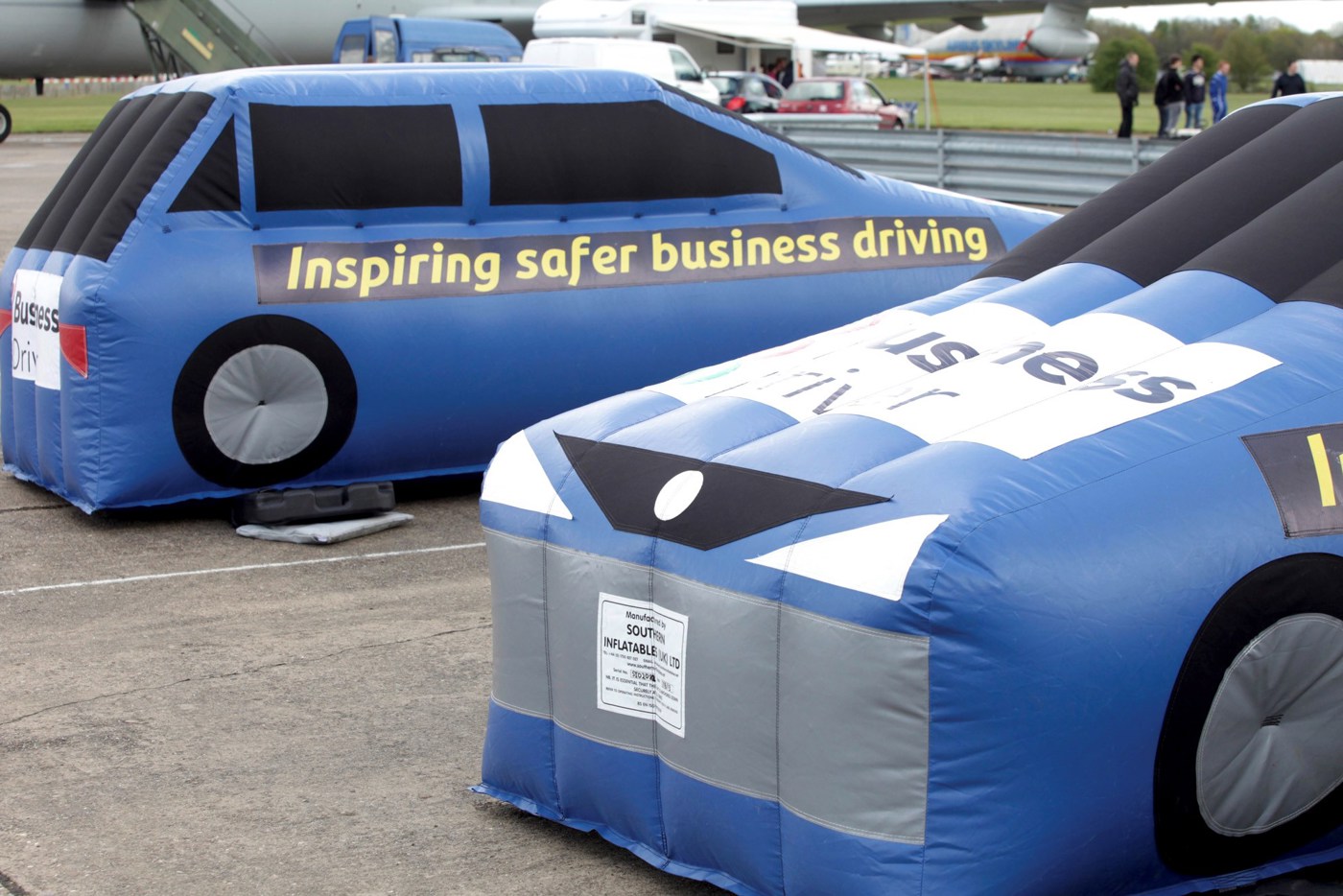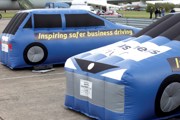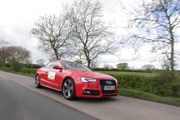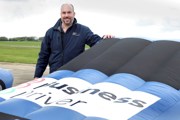As fleet management has evolved over the past decade, it’s become clear that getting hold of data is the easy part – using it effectively to bring about change is where things become a little harder.
Seb Goldin, director of fleet risk management company Business Driver, who launched the company in 2009 after spells at Hertz, Royal Mail, and IAM’s Drive and Survive division, believes that good use of data is key to successfully managing drivers.
The company’s driver assessments are based on multiple data sources. Its Risktraker system stores data on each driver from multiple sources, including online risk assessments, telematics, collisions and licence checks. The system also manages practical training interventions which are appropriate to each driver’s identified need.
This data-led approach has seen Business Driver experience more than 100% growth year-on-year. Its 35 customers include major fleets such as British Gas, Diageo, Thames Water and National Grid.
Goldin echoes the growing belief that driver behaviour and risk is something that cannot be ignored by fleets.
“The driver, until we get fully autonomous cars, is always the highest risk element in road safety,” he says. “We find with our existing client base, once they start to look at , it’s a process that just gets enhanced and improved, and begins to spread across the business.”
Goldin says the approach taken very much depends on how much work the business in question has previously undertaken around driver risk, and the starting point varies wildly. Business Driver gets involved at the policy stage, helping a company identify and implement a road risk policy.
“For larger, longer-term clients our role is very much developing a strategy with them,” says Goldin. “Suggesting different ways of communicating and changing the culture is key. That can start from helping clients to write or revamp their driving at work policy – what should be in that policy and how it can be communicated. Things we’ve suggested include having a centralised mandate in the policy, so they don’t have to get every driver to sign an additional form for licence checking.”
While policies should be tailored to each individual business, Goldin states there is still benefit from looking at the different policies and procedures of other businesses. “Fleets should benchmark their policies against others, so that they understand they are doing what they need to do, both morally and legally,” he says.
Business Driver hosts benchmarking sessions for its clients and shares best practice, such as how to implement a ban on hands-free mobile phone use.
The work undertaken by Business Driver for clients varies, with programmes tailored to specific needs. “One client is now rolling out a programme where every new driver receives a training ‘intervention’, and rolling out a change-led approach for existing staff,” says Goldin. “Rather than just a refresh, we’ll work with their accident management provider to target any drivers who have been involved in an incident.”
Specific targeting means that fleets can reduce their expenditure and use the resource where it’s more likely to make a difference.
“The approach we take is an integrated one,” Goldin explains. “It’s joining the two systems together and giving an overall view. The simplistic approach would be to say anyone who triggers a red light on a web system needs attention.”
Risk can be identified at the recruitment stage. Goldin says: “One client in the food delivery marketplace now uses our web system during the recruitment and selection process for new drivers. Before the offer of a job is made, they complete the online assessment in a local office. After eight weeks of employment, drivers have a half-day in-vehicle session. We take feedback from the web-based assessment as the starting point for the on-road training.”
Business Driver has established a network of 160 training consultants across the UK and Ireland. The training consultants were carefully selected on their communication skills, coaching, presentation, and use of technology.
“We use what I like to call ‘the McDonalds test’ – a driver training session in Aberdeen should be to the same standard and quality as one taking place in Plymouth. The experience for our delegate being trained and our fleet client should be absolutely consistent and of high quality. We’ve automated and systemised a lot of repeatable processes. Booking a driver training session should be as easy as booking a flight.”
The Risktraker system then matches the client (and driver) requirements to the skills and locations of trainers throughout the country, who are then notified of the job.
An app allows them to accept or reject the job, and the delegate and client get notification of the session. Business Driver has also cut down delegate no-shows with an automatic reminder system, firing emails and text messages to the delegate 48 hours in advance of their session. “It reduced no-shows by 30% for one client,” says Goldin. “It minimises all the trip-up points that stop the session happening.”
Training consultants can also use the smartphone app to submit their post-session reports, in a consistent manner.
Vehicle familiarisation is another growing area for Business Driver. “We support drivers with vehicle upgrades – if a driver is moving from a small car to a 3.5-tonne Transit, they’ll need support and help,” Goldin says. “We train a lot of apprentice engineers, who often haven’t driven much since passing their test. Not only does it have different dynamics when driving, it’s also very different to park.”
There has been a marked shift in the way fleets approach the procurement of risk management and driver training services. Once, a programme with a set length would have been rolled out to address a short-term need. But today, fleets are seeing road safety and risk as an ongoing area of development. “Managing in silos can be a real challenge for some organisations,” says Goldin.
"Things can get stuck in between fleet, HR, and finance, which can make decisions difficult. Five or six years ago, our cycle stalled a lot more often. Fleet managers or HR directors were trying to get a one-off internal budget signed off for a particular project. That’s less and less the case now.”
Life-size inflatable cars improve parking skills
Business Driver commissioned a fleet of actual size inflatable cars, which the company uses on a regular basis for practical driver training.
“We run coached parking and manoeuvring sessions with a set of inflatable cars. It’s like learning to park all over again in a safe environment”, Goldin explains.
“You’re actively encouraged to get it wrong, and to hit the cars, and do it again to see how and why you got it wrong.”
He says companies are increasingly choosing to run sessions like this in the workplace for all staff, to reduce their overall accident and risk rate. Thames Water is one example (see Profile pages 22-25).
Staff will drive their own cars in the sessions, which generally take around 10 minutes per driver.
“The requirement for parking in the driving test is very limited,” says Goldin.
“If you approach people and say would you like to get better at parking, a lot of people would.”




















Login to comment
Comments
No comments have been made yet.